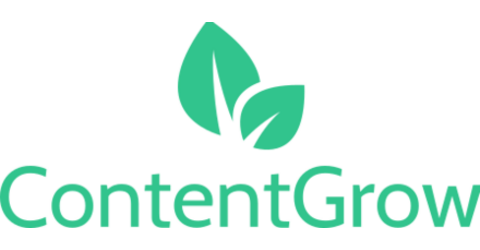ContentGrip Weekly: Platform shake-ups (Google, OpenAI, Meta) + expert strategies for B2B growth
Discover Google's cookie reversal, OpenAI's shopping feature, and 5 AI tools revolutionizing YouTube content creation.
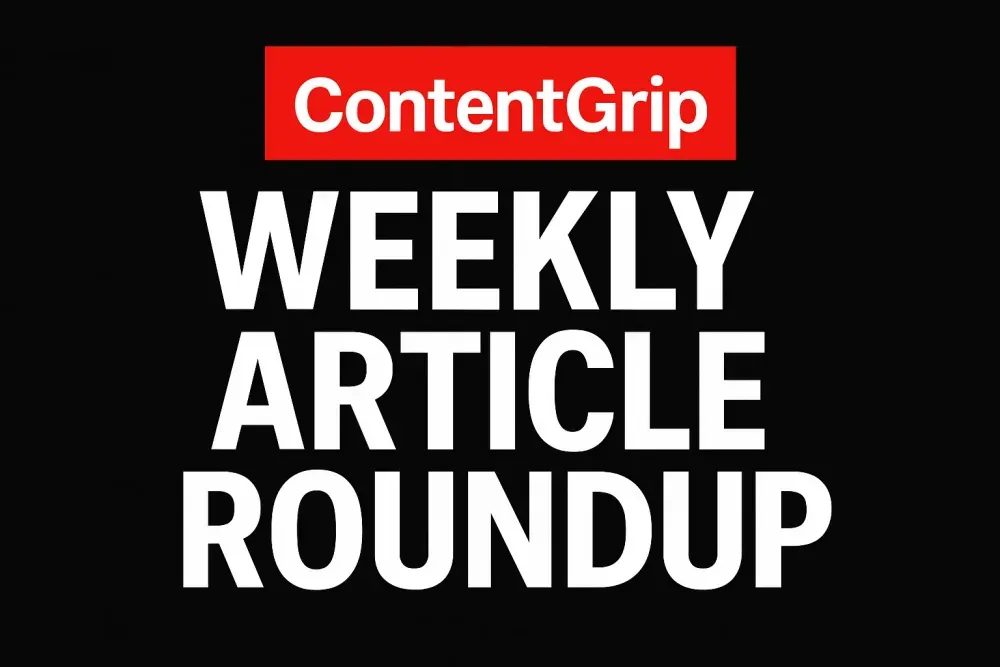
This week's top marketing stories: AI tools evolving beyond simple assistance, major platform changes from tech giants, and fresh approaches to content creation that drive results.
Big Platform Moves
Google Abandons Cookie Deprecation Plans
Google officially canceled its plan to remove third-party cookies from Chrome, abandoning a years-long effort that would have transformed digital tracking.
While this reversal maintains the status quo for digital advertising, it doesn't reduce the importance of first-party data strategies. Marketers should continue building robust first-party data pipelines while understanding this is likely a temporary reprieve.
The fragmented regulatory environment isn't going away, so marketers should maintain flexibility in their data approaches.
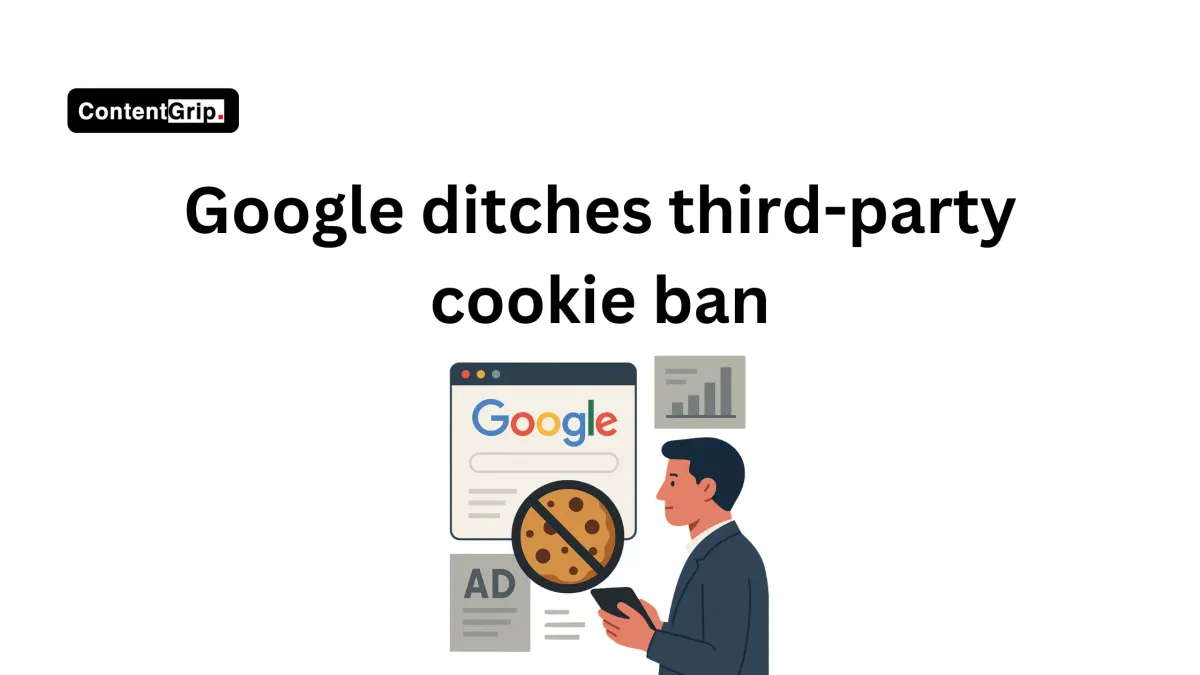
OpenAI Enters Shopping with ChatGPT
OpenAI launched a new shopping feature inside ChatGPT that allows users to search for products, compare prices and reviews, and click on shoppable links—all without leaving the chat.
This signals OpenAI's move toward monetization beyond subscriptions, with early product results being "independently chosen" rather than paid placements (for now).
For brands, this development means potentially optimizing for AI surfacing, not just traditional SEO.
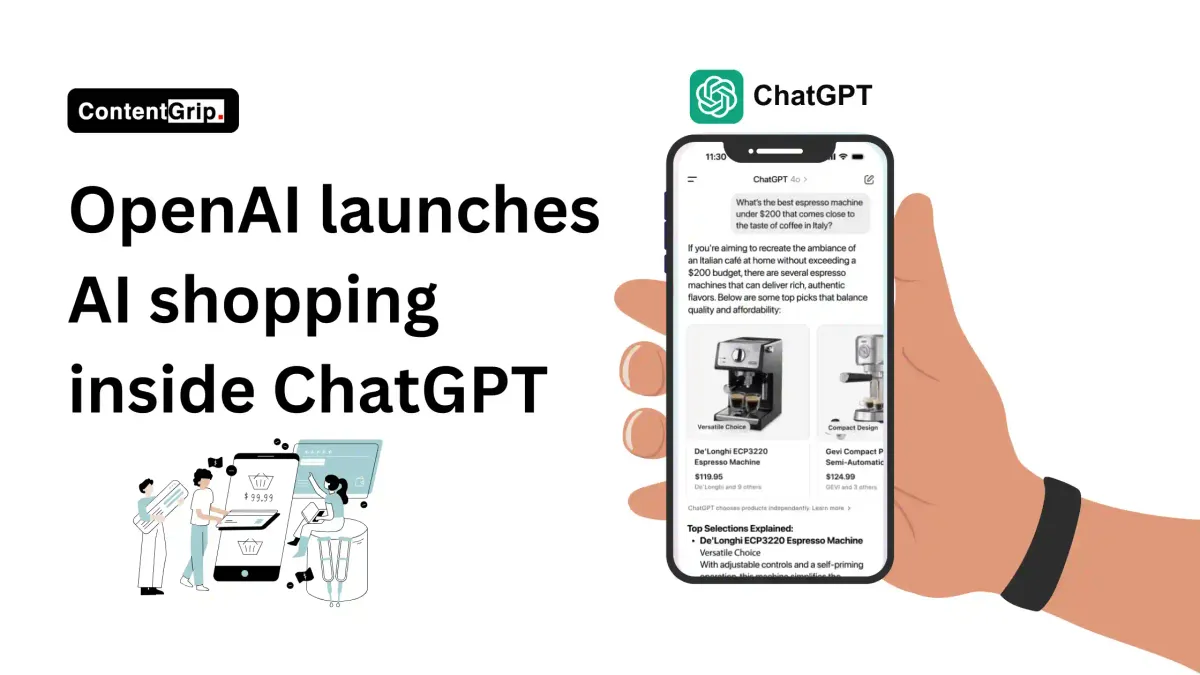
Meta Launches AI App to Rival ChatGPT
Meta debuted a standalone AI assistant app designed to compete with ChatGPT, Claude, and Microsoft Copilot. Built on its Llama 4 model, the app offers text, voice, and image interactions integrated with Meta's ecosystem.
Unlike competitors with real-time web access, Meta's app focuses on personalization by using profile data and in-app behavior to deliver tailored interactions.
This integration could give Meta a long-term advantage in personalization capabilities that rivals may struggle to match.
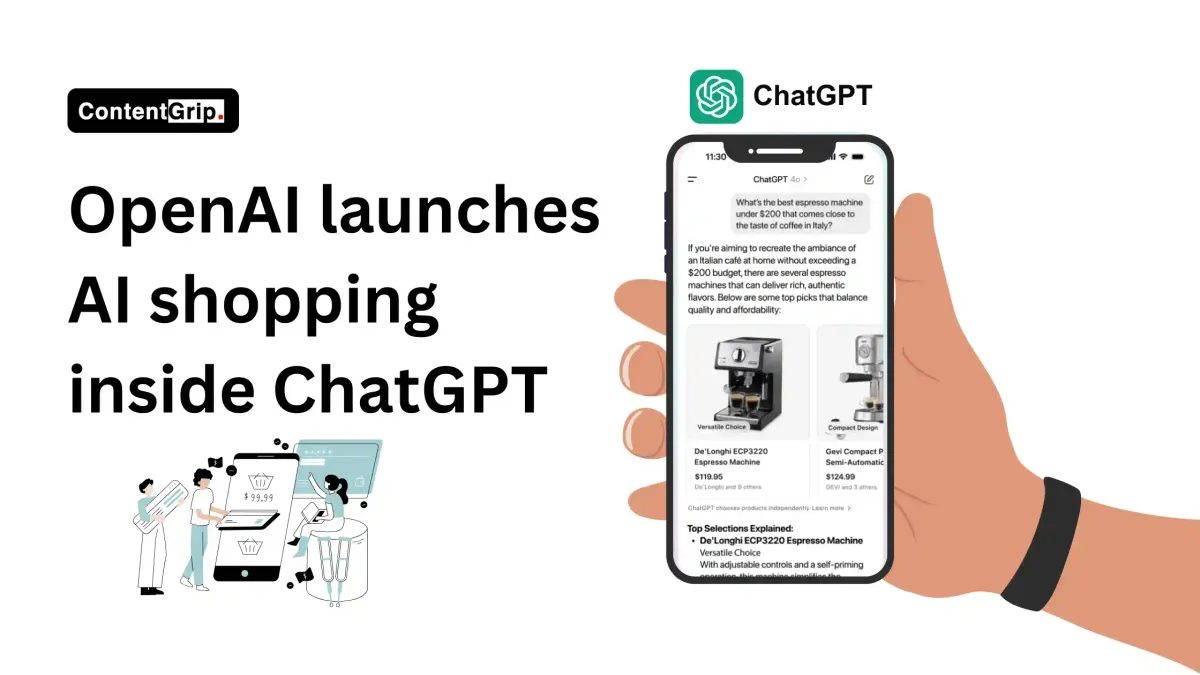
YouTube Testing Video Carousels in Google AI Overviews
YouTube has begun testing a feature that places video carousels directly within Google's AI Overviews for English-language product and location-based searches. The experiment is currently limited to YouTube Premium users in the US.
This signals that video is moving from the sidelines to the center of AI-driven search. Marketers should prioritize video in their content mix, optimize YouTube content for search, and prepare for new ad formats as Google monetizes AI Overviews.
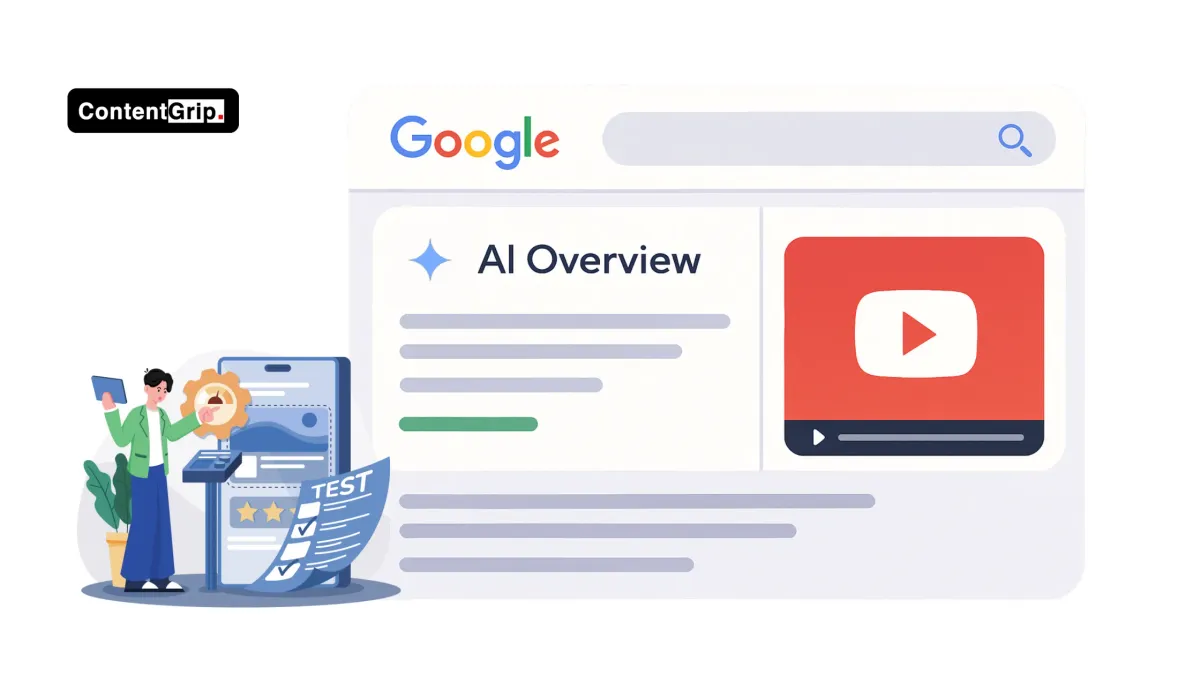
AI Content Creation
5 AI Tools That Handle 90% of YouTube Content Creation
YouTube creator Youri van Hofwegen has found a better way to create videos by integrating AI into his workflow. In a recent video, he shared five AI tools he uses daily across his portfolio of channels:
- Poppy AI: Transforms script writing with a "three-group content stack" method, generating scripts within an hour by analyzing reference videos, writing expertise, and topic-specific information.
- InVideo AI: Creates entire videos from text descriptions, allowing users to select specific scenes and request changes through additional prompts.
- Pikzels AI: Generates thumbnails based on successful examples with its "recreate" feature, offering multiple variations and allowing persona training with your own photos.
- AI UGC: Creates product reviews using realistic AI avatars instead of hiring people, cutting costs significantly while delivering natural product mentions.
- ElevenLabs: Provides voice cloning that recreates your voice from audio samples, allowing text-to-speech in your own voice for narration.
For creators looking to produce more content with less effort, these solutions handle up to 90% of the technical work while maintaining quality.
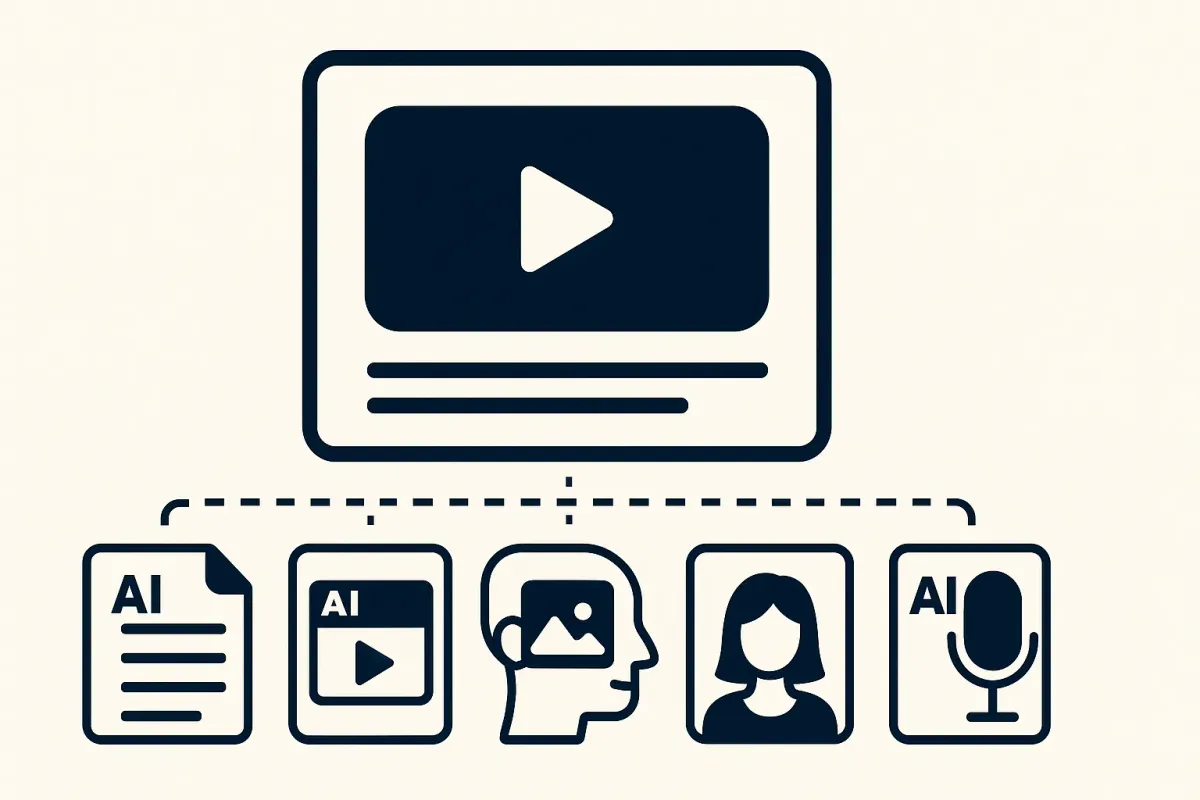
Beyond Chatbots: How Conversational AI is Evolving for B2B Sales
Conversational AI is experiencing a dramatic evolution in the B2B sales landscape, moving from simplistic chatbots to sophisticated sales assistants capable of handling complex business conversations.
Unlike consumer-focused bots that handle basic questions and simple transactions, today's B2B conversational AI systems can understand nuanced business requirements, negotiate terms, answer technical questions, and effectively qualify enterprise leads—skills previously exclusive to human sales professionals.
Companies like Salesforce, ServiceNow, and HubSpot are already implementing these advanced AI systems to enhance their sales processes.
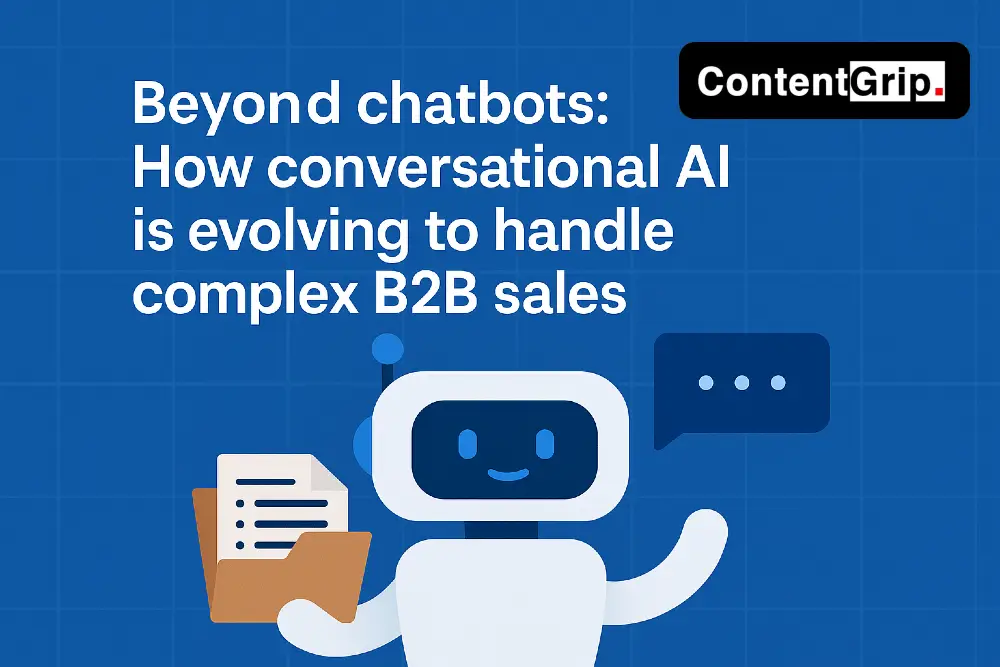
Master Google Gemini in 12 Minutes
Product marketer Jeff Su cuts through the AI hype to focus on the practical aspects of Google Gemini that won't become obsolete. His approach targets capabilities that remain relevant despite constant updates.
Key insights include:
- The most critical setup happens outside Gemini itself, in Gmail settings
- When to use the "Flash" model versus the "Pro" model
- How to leverage the side panel feature in Google Workspace
- Using Gemini to process multiple 250-page documents simultaneously
For professionals drowning in digital tasks, Su's system transforms Gemini from a curious toy into what he calls "a workflow multiplier."
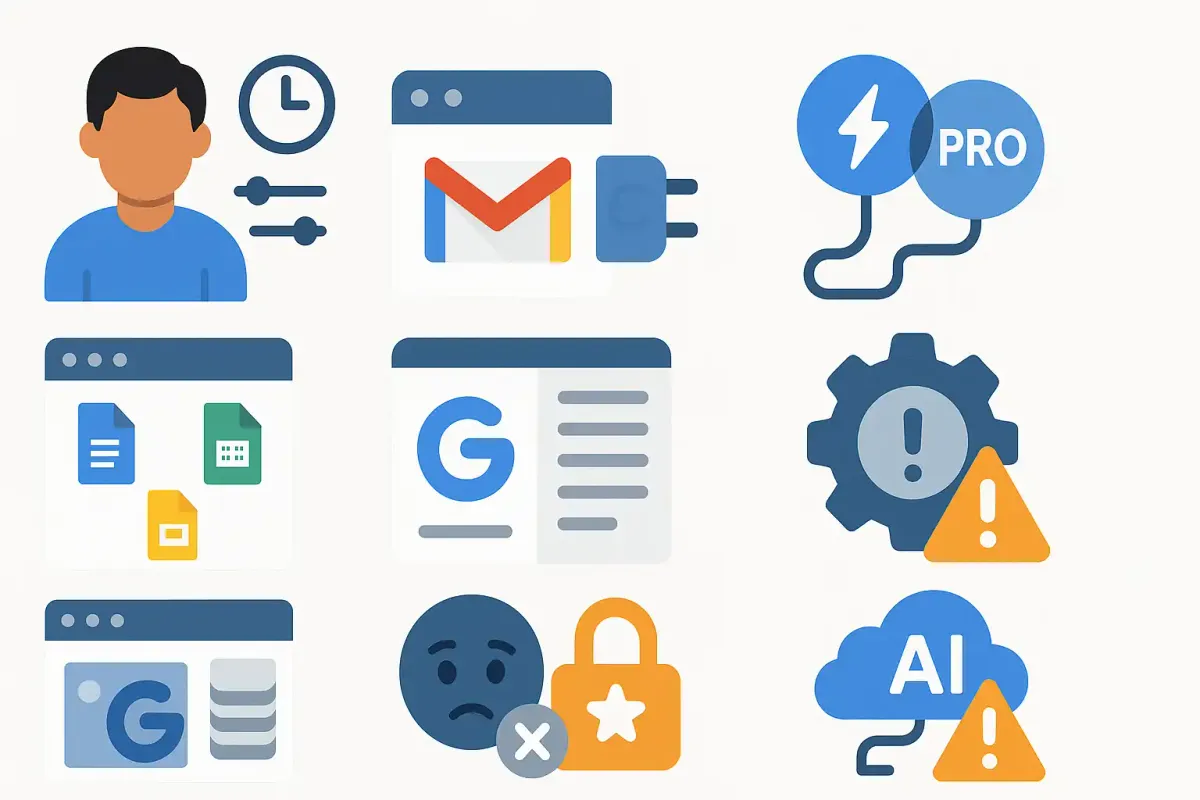
Expert B2B Strategies
AI and Social Ads to Dominate B2B Budgets in 2025
According to a new Madison Logic–Harris Poll survey, 60% of U.S. B2B marketers plan to increase their investments in AI tools and social media advertising in 2025.
This shift signals a fundamental change in how enterprise marketers think about engagement, efficiency, and growth. AI is unlocking new levels of productivity and personalization, while social platforms like LinkedIn and Instagram are becoming core channels for B2B storytelling.
Marketing teams using AI are seeing measurable benefits, with 67% of leaders reporting at least one hour saved daily and 79% believing AI will help them advance in their careers faster.
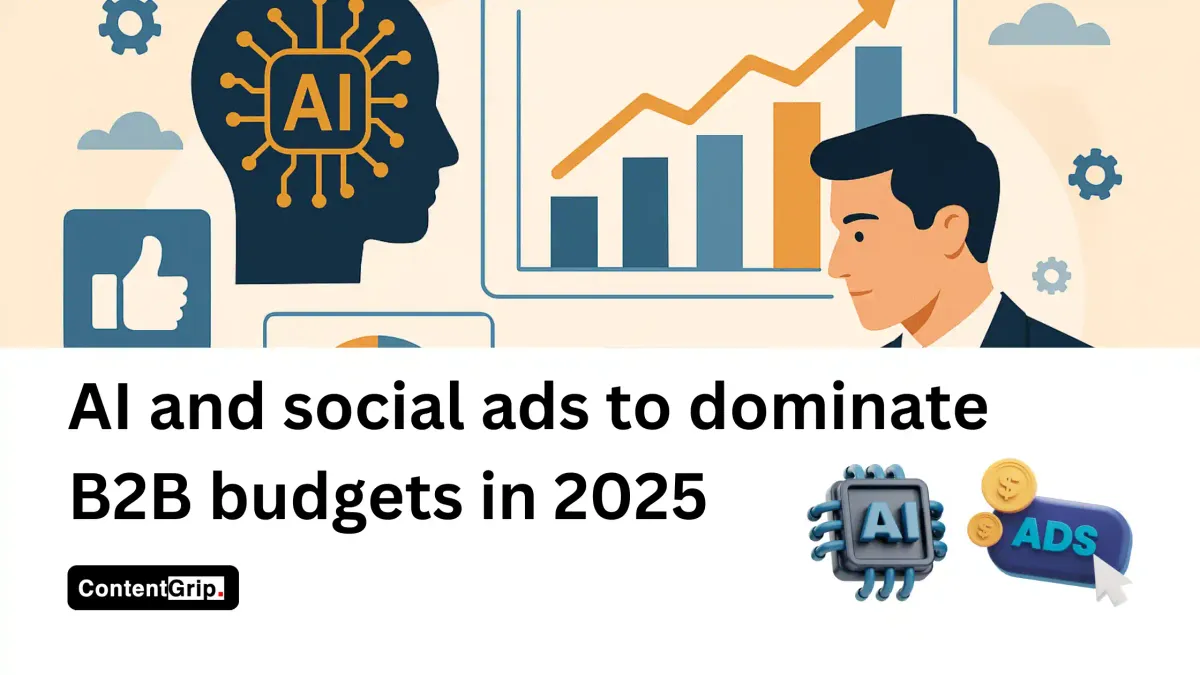
Generative Engine Optimization (GEO): Why Marketers Can't Ignore It
As generative engines like ChatGPT, Google's SGE, and Perplexity rewrite how we find information, marketers need a new playbook beyond traditional SEO.
Generative Engine Optimization (GEO) is the emerging strategy for getting your content noticed by AI-first interfaces. It focuses on structuring your content so that large language models can easily retrieve, interpret, and reuse your insights.
With ChatGPT pulling in over 122 million daily users and platforms like Perplexity rapidly gaining popularity, GEO is becoming essential for visibility in an AI-powered search landscape.
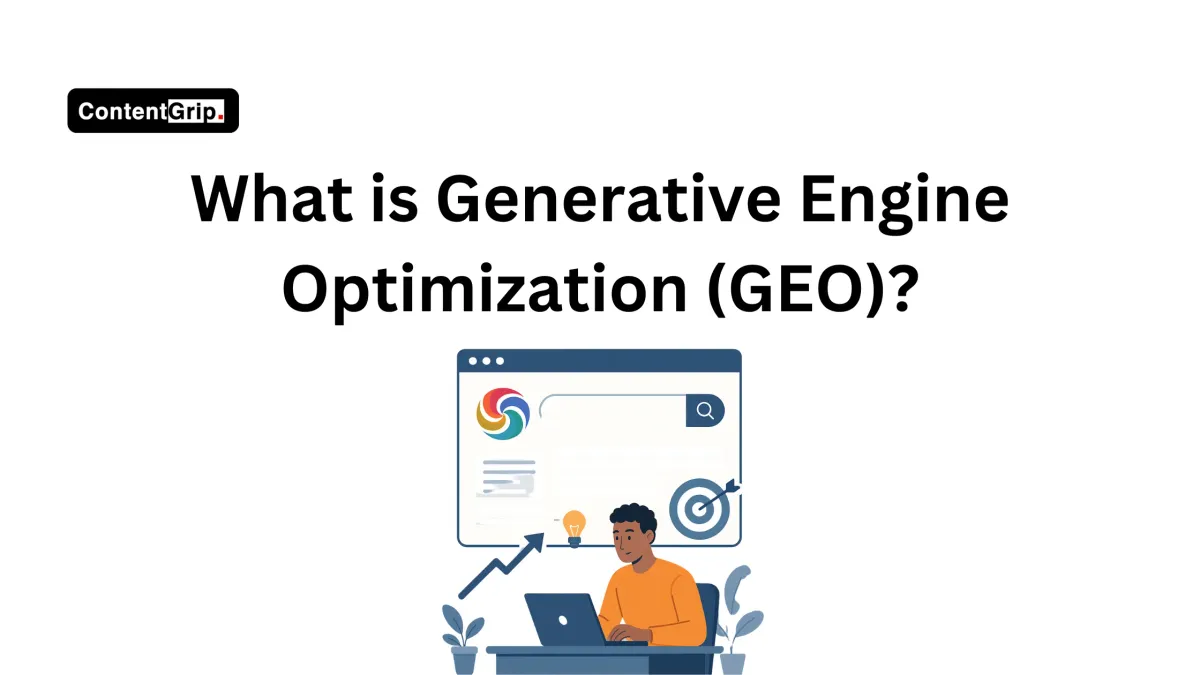
Why Whitepapers Are Still B2B Marketing's Secret Weapon
In a world of shrinking attention spans and content overload, whitepapers remain one of the few content assets that can truly pull their weight.
These documents aren't just info dumps—they're strategic tools for educating audiences, flexing industry expertise, and generating qualified leads. They outperform other formats for complex B2B sales cycles where decisions involve multiple stakeholders.
From IT and finance to SaaS and manufacturing, whitepapers help establish intellectual authority in high-stakes, high-consideration buying cycles.
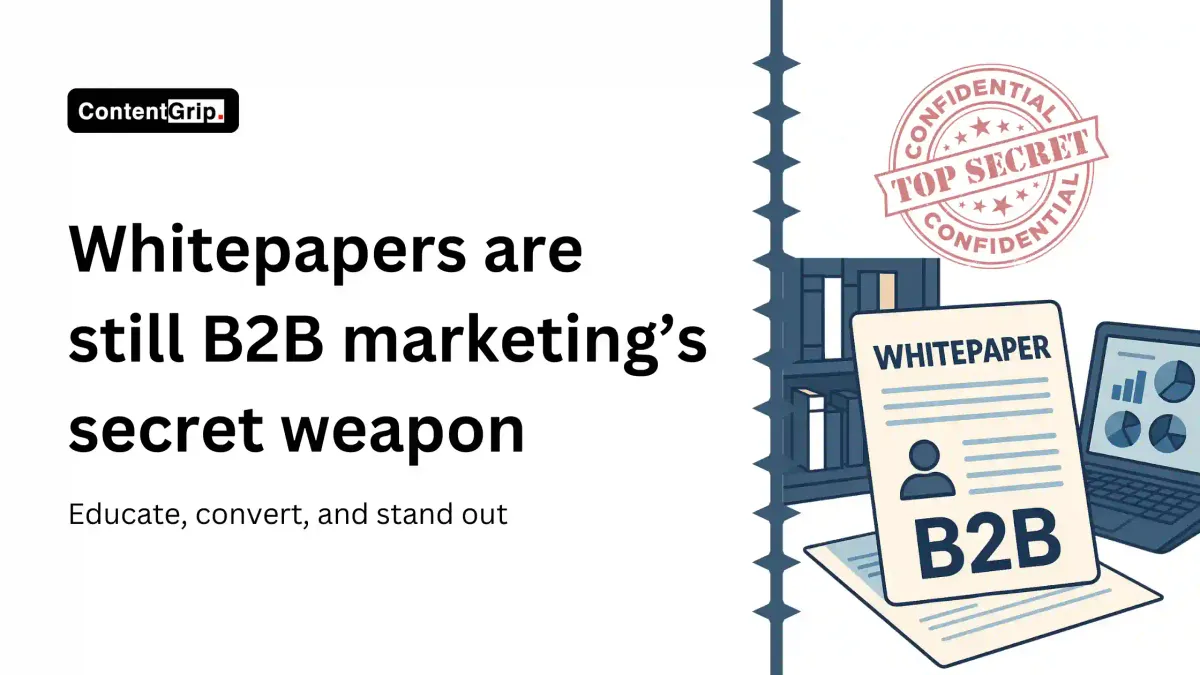
Marketing Psychology & User Experience
Why the First 5 Seconds on Your Website Decide If Visitors Stay
Research shows that users make snap judgments about websites in as little as 50 milliseconds. Once that first impression settles in, it's hard to shake.
The same instincts that helped our ancestors spot predators now help us quickly decide if a website seems suspect or trustworthy. Our brains take visual shortcuts, sizing up the design elements before we've read anything of note.
Optimizing your site's initial impression leads to higher conversion rates and better marketing ROI. Key factors include trust signals, familiar design elements, and mobile optimization.

TikTok's 2025 Insights Might Hold the Key to Your Next Big Strategy
TikTok's 2025 "What's Next" Trend Report analyzes cultural shifts shaped by user behavior, focusing on trends that go beyond fleeting moments.
Key predictions include:
- Brand Fusion: Forming meaningful partnerships with diverse creators to connect with specific, often niche, communities
- Identity Osmosis: Reflecting what your audience cares about, whether it's inclusivity, personal growth, or breaking away from outdated milestones
- Creative Catalysts: Using AI and content remixing to create better content faster
For marketers targeting Gen Z, Millennials, and younger generations, understanding these cultural shifts is essential for developing effective strategies.
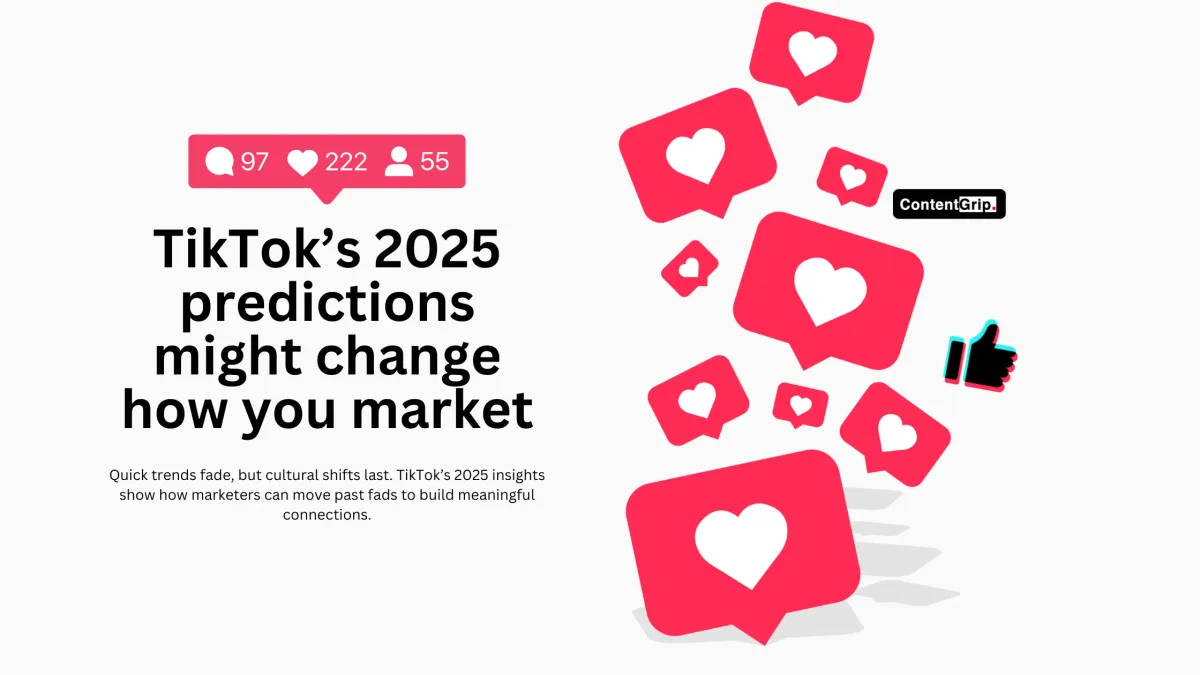
How Mentos Is Winning Gen Z with '90s Nostalgia and Fortnite
Mentos has relaunched its iconic jingle through digital-first content creators on TikTok and YouTube Music, while simultaneously dropping a Mentos-inspired soda launcher weapon inside Fortnite.
This dual campaign—part remix, part gaming integration—offers strategic takeaways for marketers:
- Modernize legacy assets through creators, not just media buys
- Bring brand lore to life in gaming worlds
- Think contingency-first in platform strategy
For brands looking to stay relevant with younger audiences, the lesson is clear: respect the past, but play where the future is being built.
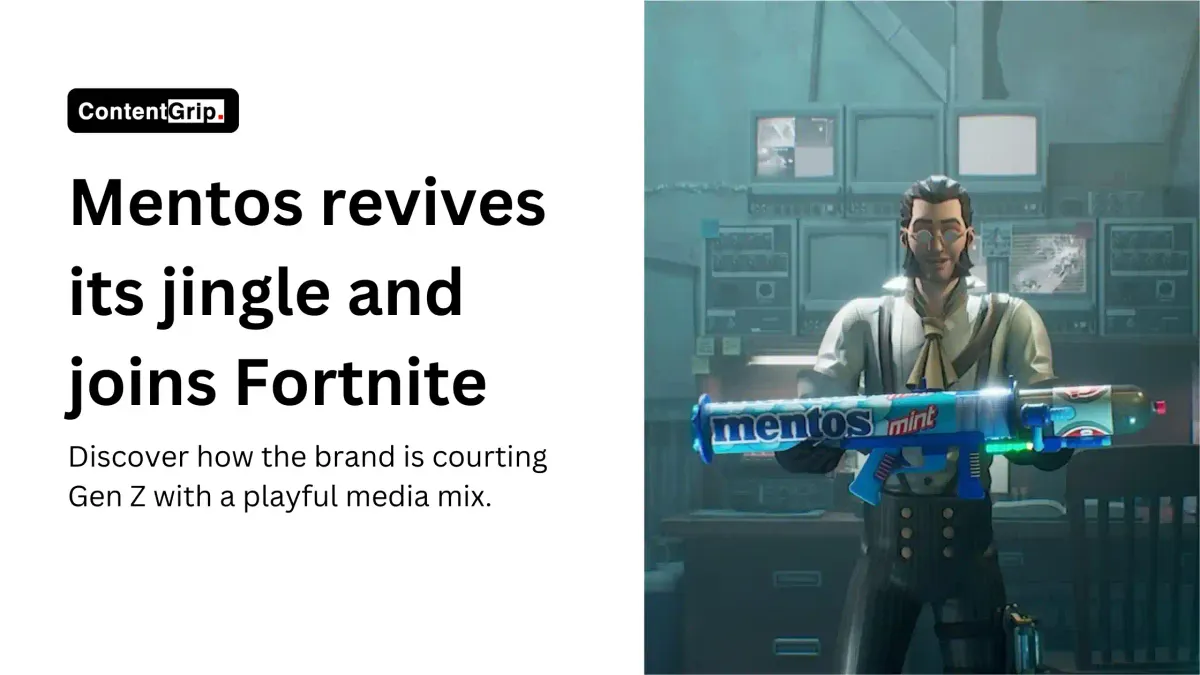
The Future of Marketing
The Future of AI in Marketing 2025
By 2025, artificial intelligence won't just be a competitive advantage—it will be essential for survival in the digital marketing world.
Key trends include:
- AI automation becoming standard, with chatbots managing up to 85% of customer interactions
- Personalization evolving into predictive anticipation
- AI-powered decision-making going mainstream
- Ethics and AI governance rising in priority
- The workforce shifting to AI-enhanced hybrid functions
The global conversational AI market was estimated at USD 11.58 billion in 2024 and is expected to reach USD 14.29 billion in 2025, highlighting the rapid growth in this sector.
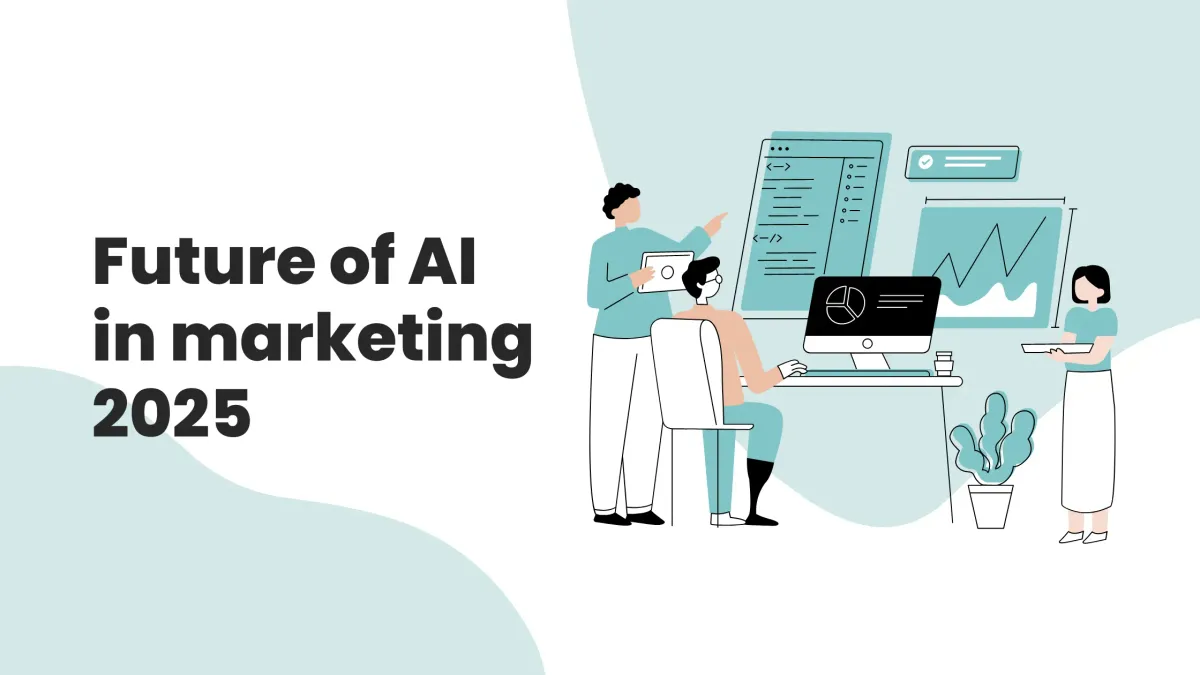
OpenAI Launches New Tools to Build Intelligent AI Agents
OpenAI introduced a suite of tools designed to streamline how developers and enterprises build agents that act independently on users' behalf.
These updates include:
- The new Responses API, which merges conversational ease with tool-using capabilities
- Built-in tools like Web Search, File Search, and Computer Use
- The open-source Agents SDK for orchestrating complex multi-agent flows
For marketers and B2B technologists looking to scale customer support, research workflows, or internal automation, this development opens the door to agent-powered experiences that previously required patchwork infrastructure.
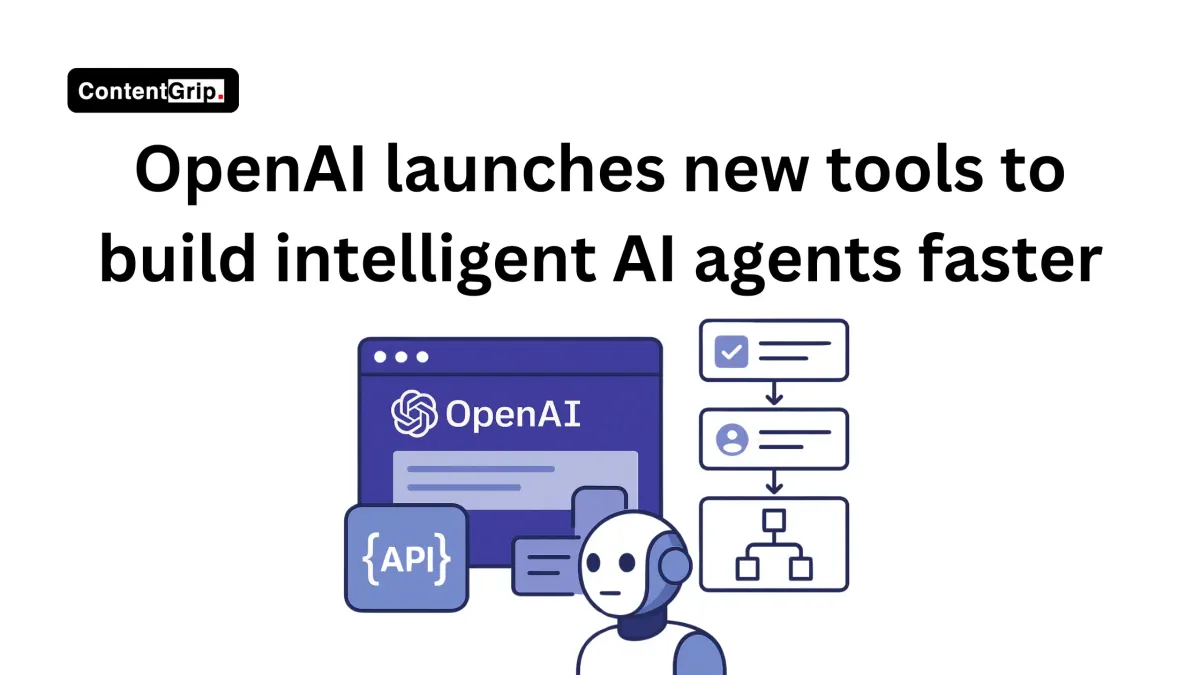
Overworked? Marketers Turn to AI for Help
According to Microsoft's 2025 Work Trend Index, 80% of workers say they lack the time and energy to finish their work. To address this "capacity gap," companies are adding AI to help complete routine tasks.
In marketing, AI is now being used to generate first drafts, create content calendars, summarize audience insights, and compile performance dashboards—allowing human marketers to focus on strategy and creativity.
The report states that 45% of business leaders plan to increase the use of AI instead of hiring more people, highlighting a significant shift in workforce planning.
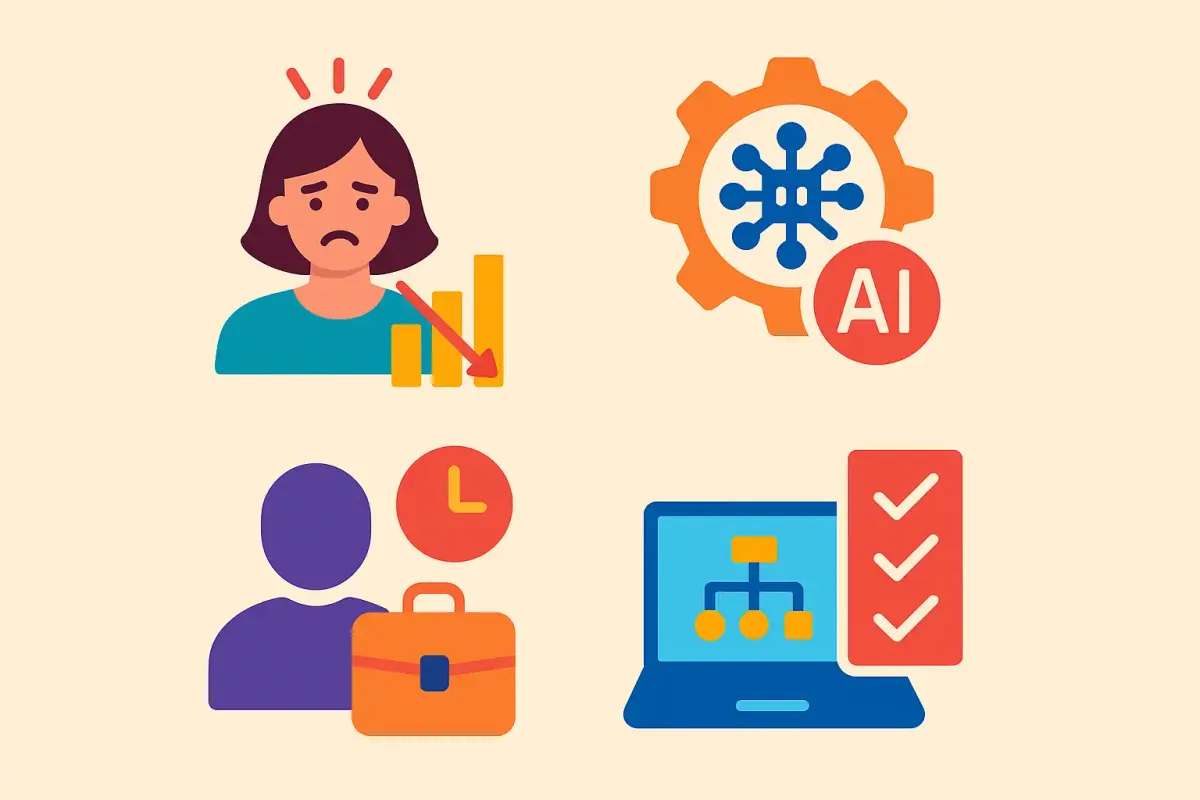
Content Creation Tactics
How to Humanize AI Content (And Why Most Writers Get It Wrong)
Research shows that readers spend 45% less time on obvious AI content compared to authentic writing. The problem isn't the technology itself, but how people use it.
RightBlogger's techniques for transforming robotic text into engaging content include:
- Using clear writing instructions (brief sentences, everyday words, eighth-grade reading level)
- Banning overused phrases like "delve," "digital landscape," and "leveraging"
- Asking AI to generate questions about your experience with the topic
- Incorporating your personal responses to add your unique voice
The key insight: AI works best as a first-draft tool, not a replacement for your knowledge and perspective.
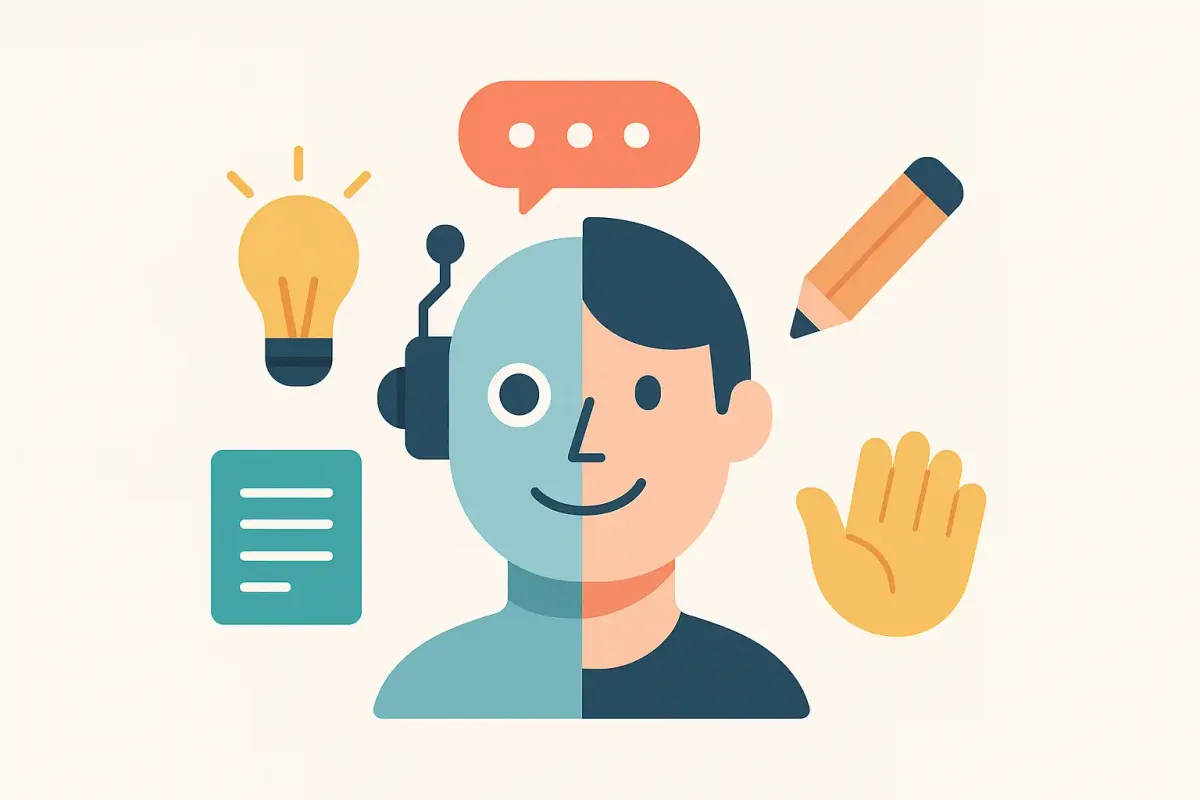
How to Tell a Great Story in 60 Seconds
19-year-old content creator Jenny Hoyos shared her framework for 60-second storytelling that's generated billions of views across her platforms:
- Start with a question that hooks your audience
- Build a journey with constant progression toward resolving the initial question
- Add conflict to maintain interest (if everything is smooth sailing, nobody cares)
- Create uncertainty before revealing your answer
This framework applies beyond social media to email marketing, presentations, and everyday conversations, making it valuable for marketers across channels.
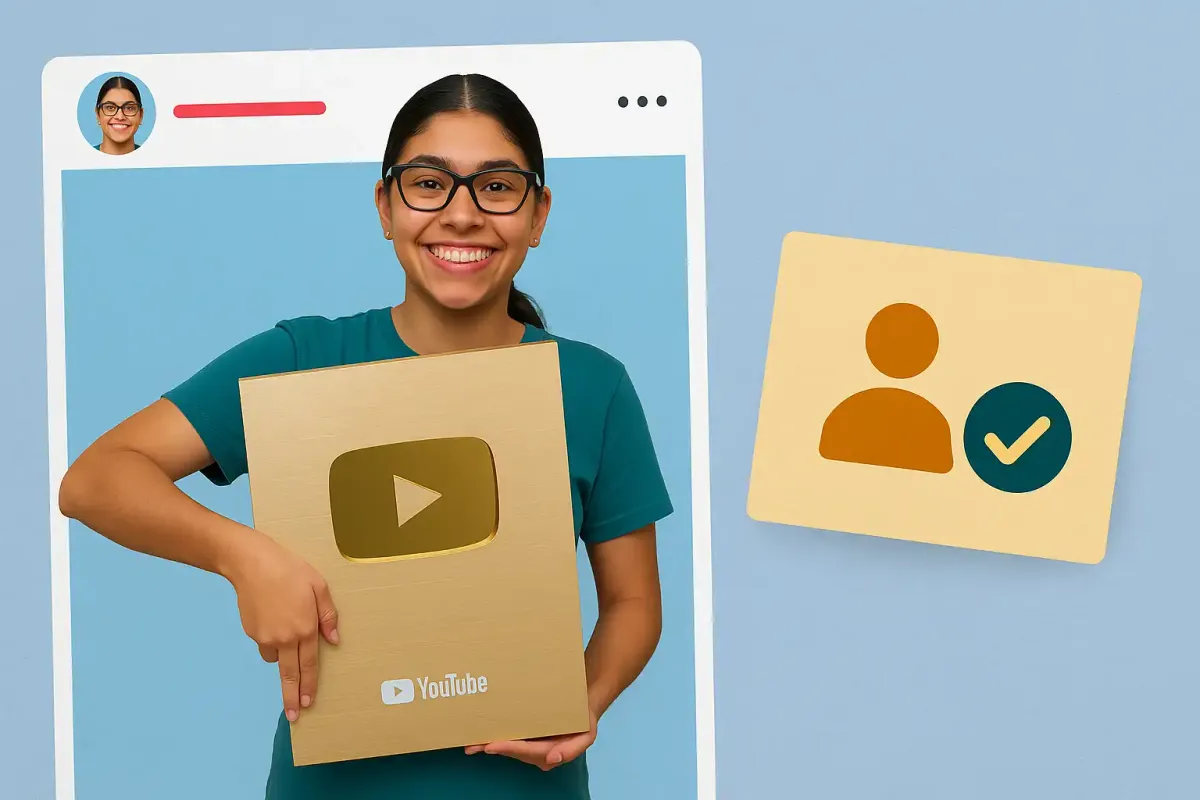
How to Create Professional Videos Solo
YouTube creator Brad Giannini explored how successful content creators film themselves while still achieving professional results. His tips include:
- Getting at least five types of shots when filming a scene (wide shot, medium shot, close-ups, inserts, and a creative shot)
- Practicing on-camera comfort through repetition and different energy levels
- Creating movement within the frame rather than moving the camera
- Turning limitations into creative advantages through resourceful problem-solving
These techniques help marketing teams of one create high-quality video content without additional personnel or expensive equipment.
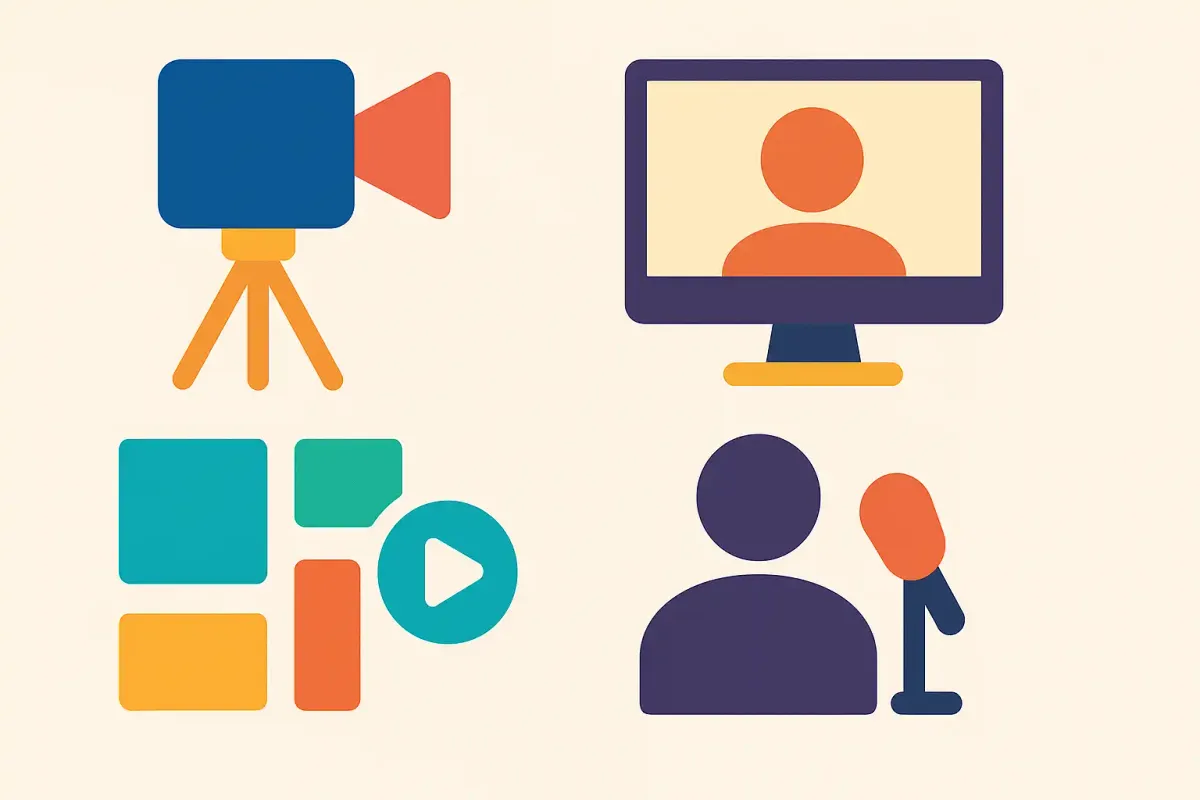
That's all for this week! Stay tuned for more insights and analysis from ContentGrip.
